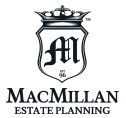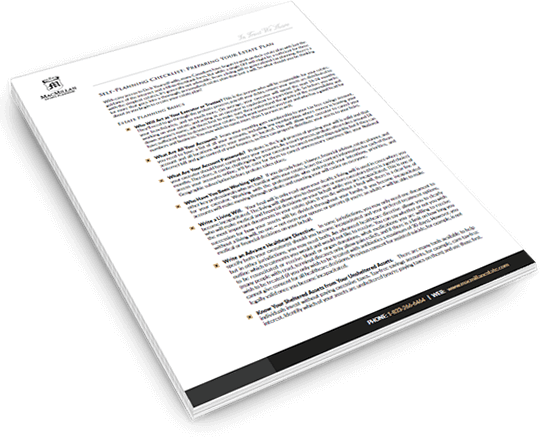
Trusts are among the most practical and flexible financial planning tools available to families today, especially when it comes to estate planning. There are many types to choose from, but for now we’d like to focus on bare trusts in particular. How can you use them to your advantage?
What Is a Bare Trust?
In many cases, the assets in a trust are distributed by a trustee to a beneficiary based on carefully dictated provisions set in place by the trustor. This is often what makes trusts attractive for inheritance and estate planning, as well as asset management and protection in general. However, it is also common for a trust to be set up with little to no provisions regarding the beneficiary’s access. A bare trust is a trust whose assets, capital, and income are freely accessible to the beneficiary, provided that they are 18 or older. The trustee must manage the trust efficiently, but cannot dictate how or when the beneficiary accesses what is held therein.
Common Use: Land Transfer Tax
There are plenty of different circumstances in which a bare trust is prudent, especially for parents who have confidence in the financial responsibility of their beneficiary children. However, they can also be used strategically in the context of real estate. One major closing cost in the sale of real property is land transfer tax, or in some regions such as British Columbia, property transfer tax. You may remember our recent article on the subject. When holding a piece of real estate in a bare trust, its beneficial ownership can be transferred between parties without incurring a new legal title registration. As a result, PTT may effectively be averted.
A Few Considerations
Using bare trusts to bypass property transfer tax is an especially useful method in B.C., where prices are high and PTT is considerable. Nevertheless, it’s always wise to stay up-to-date with government policy. In both the 2016 and 2018 B.C. budgets, certain measures were taken to require information regarding beneficial ownership. While this may indicate regulatory intention, the use of bare trusts for this purpose has not been eliminated and is still a viable option. Another point to keep in mind is that laws enforcing PTT and LTT vary between municipalities and provinces. Your first step should be to ask your estate planning firm if it’s the right strategy for you.
Effective estate planning requires extensive knowledge of today’s tax laws, financial strategy, and more. Our family office has not only the knowledge to help you build a better plan, but the sense of care and commitment to ensure an unparalleled experience. Contact us or register for a seminar to learn more!




